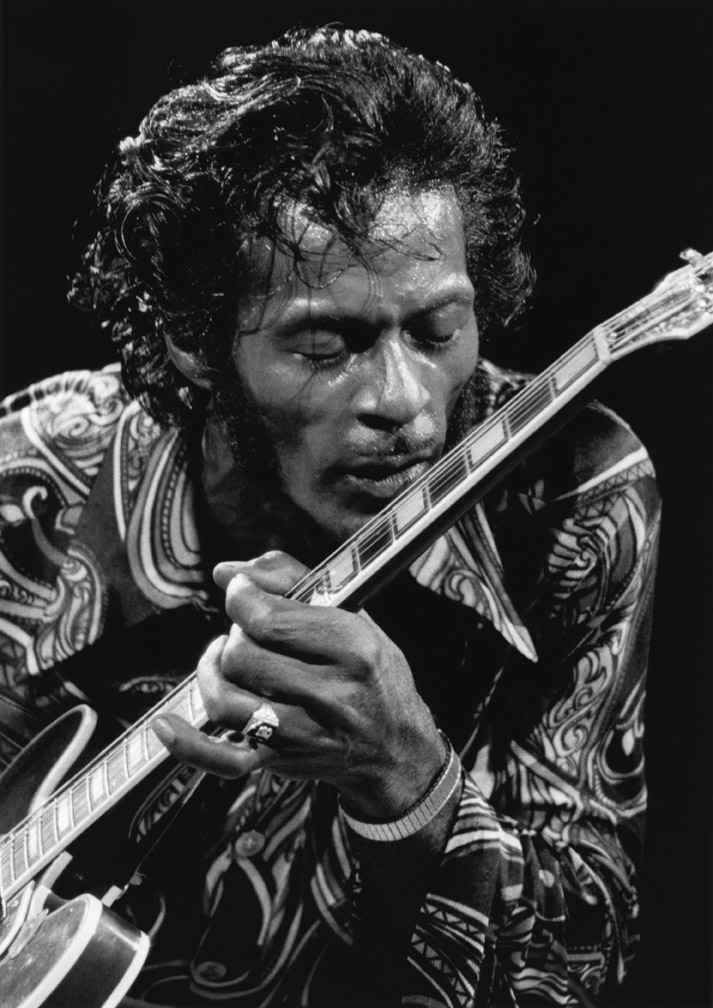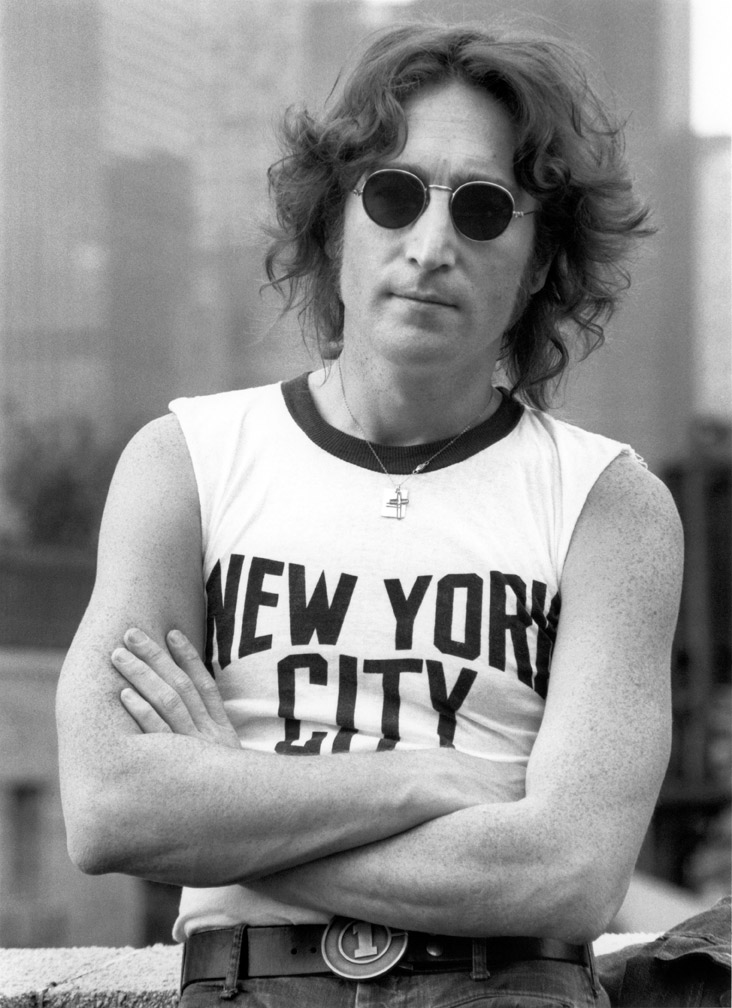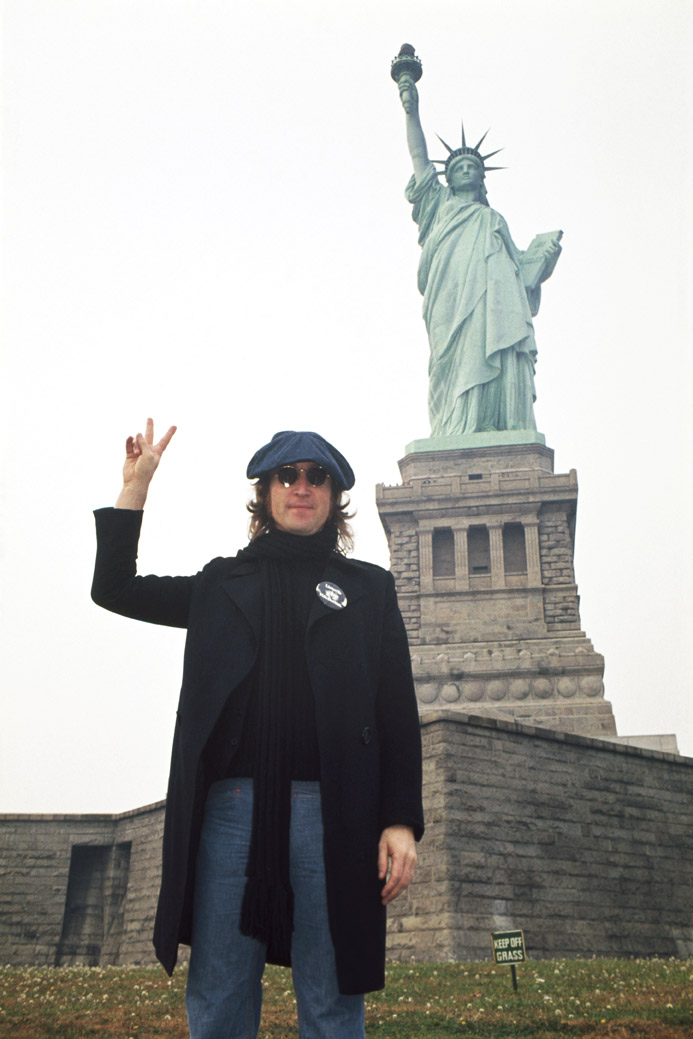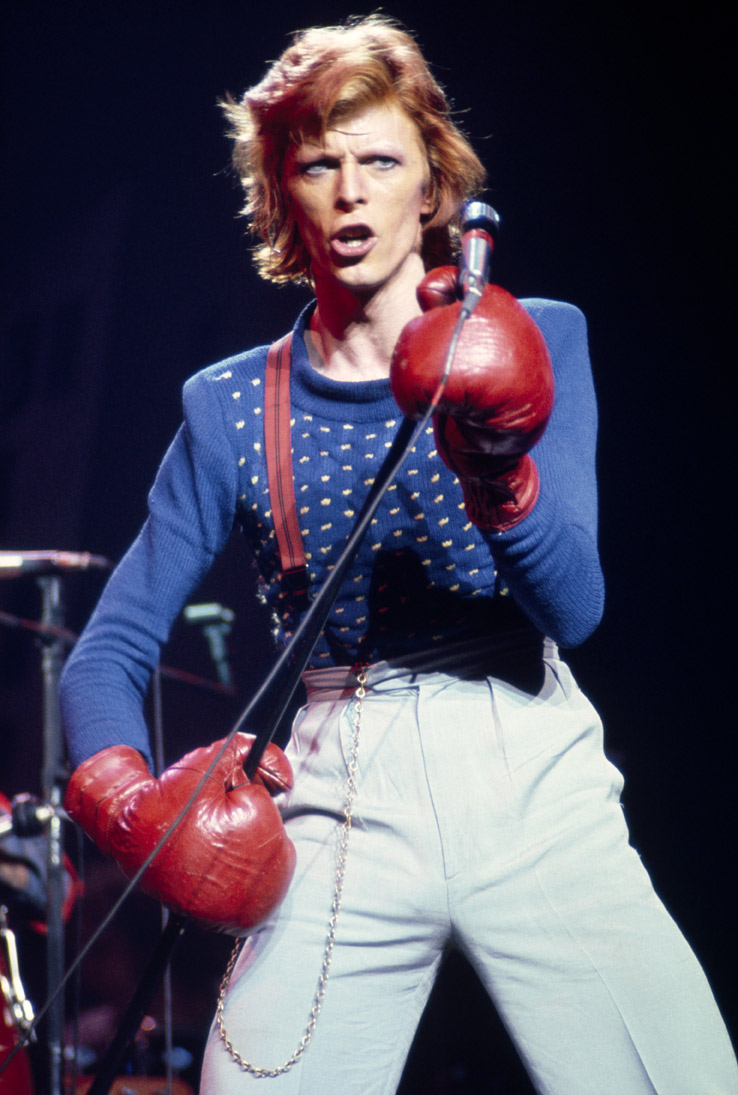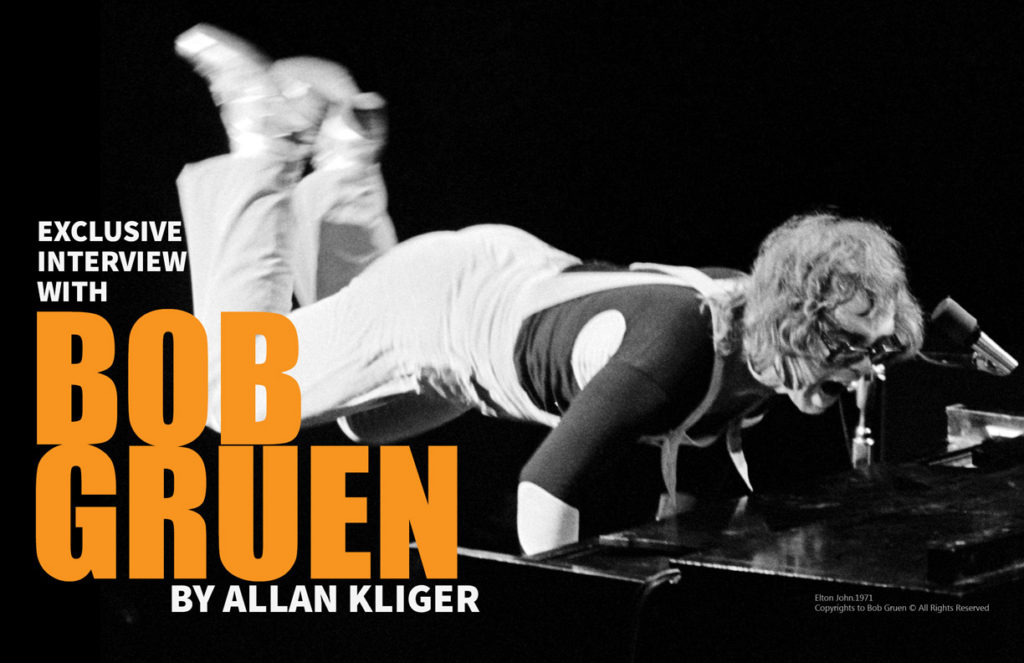
Copyrights to Bob Gruen © All Rights Reserved. Bob Gruen Exclusive Interview.
Lens Magazine.
“CAPTURING CULTURE FOR FUTURE GENERATIONS”
Bob Gruen, (born 1945) is one of the most famous Rock Photographers. He spent most of his career as a freelancer hustling shots to Rock Scene. Bob captured Rock and Roll in its prime, living with bands, joining them on the road and sharing in the lifestyle. He was so active in the music scene, Crossing all America in a bus with the most known Rock Stars including Tina Turner, Sex Pistols and many more. He captured one of the most recognizable icons in the history of music photography, John Lennon wearing his New York City T-Shirt. His Photo of Led Zeppelin is one of the most famous in the world.
Allan Kliger had a long close conversation with the man behind the iconic photos of the main figures in the music scene during the past 40 years!
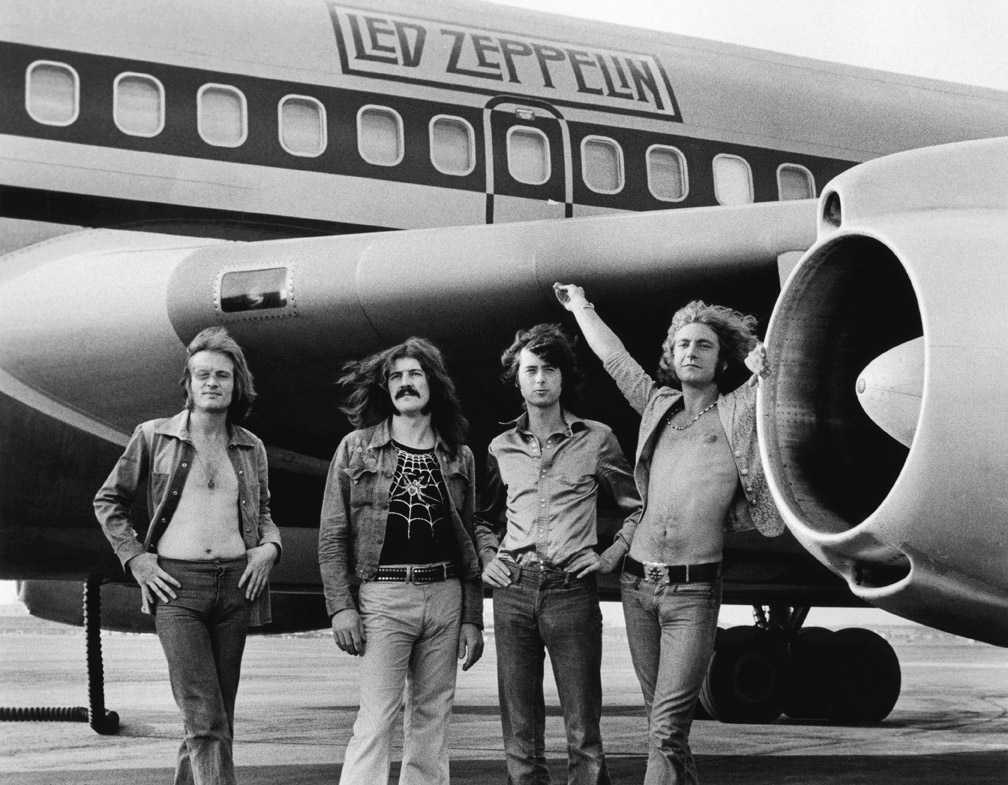
An Exclusive Interview With
BOB GRUEN
BY ALLAN KLIGER
Allan Kliger: Hello Bob, It’s a pleasure to have an interview with you! It’s a great opportunity for Lens’ readers to get familiar with the man behind some of the most famous iconic photos of figures in the music scene during the past 40 years!
I’m curious, what’s happening in your life right now? What are you working on?
Bob Gruen: Thanks Allan, It’s a pleasure! Right now I’m working on a couple of books. Next fall I’m going to have a book of all my photographs of the band Green day. And I’m also working on a biography or an autobiography, so I’m organizing my archive of 50 years worth of collecting and photographing, I kept just about everything I’ve made along the way.
My wife and I are organizing all of that. I’m hoping to start placing that in institutions and museums for collectors.
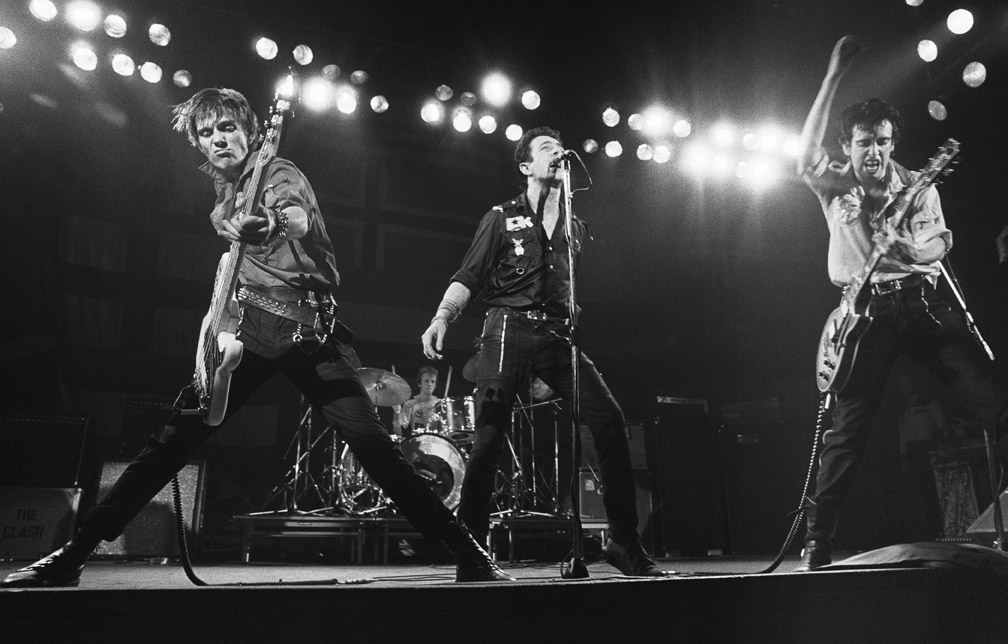
A.K: Is it a time for looking back and reflecting on your life achievements and life work?
B.G.: In a sense, I’m not really spending all my time thinking about the past, although, you know, it keeps coming up in the archive reminding me who’s this and who’s that in this picture and where was this picture taken and so on. But I don’t dwell on it. I tend to live in the present. It was fun, but I’m not going to do that again.
A.K: Right. So what don’t you want to do again?
B.G.: For instance, I wouldn’t want to be in Max’s Kansas city tonight with the same drunks that I was with 40 years ago. All of the things I’ve done, they were fun, but that doesn’t mean you want to do it again. You know, I don’t really want to sit in the bus with the Sex Pistols for a week across America. It was fun when I was 30 years old, but I wouldn’t want to do that now. Now I like to go visit my friends, I’m not looking for new bands. I used to check who’s new and who’s playing, being active on the scene. But there are so many bands out there right now and it’s so diversified. Now I’m just visiting my friends like Blondie and Iggy Pop, but I’m not really looking, someone just comes to you.
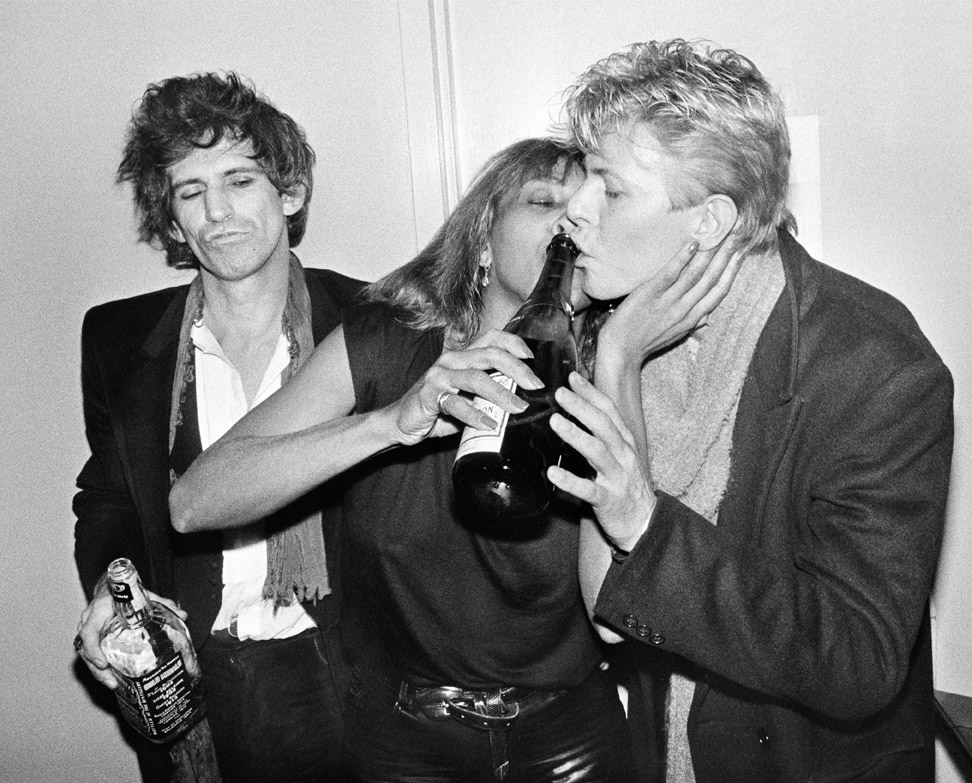
A.K: Yes, and you’ve earned that. And it’s nice to do things in a graceful way.
So how would you do things, say for example, Green Day, you’re going to do this shoot, and work with them. What would be different today, aside from not having to stay awake for seven days straight?
B.G.: Yeah, not really different. I mean, I’d go with Green Day to practice cause I don’t really work for a lot of bands, because photography has changed so much. So many bands are taking their own pictures. I’m taking pictures from every angle I can, before and after the show and so on. And one of the reasons I work with them is because they liked me and I liked them, I don’t do three minute photo calls cause it’s pointless nowadays. By working with Green Day I get to practice and do all the things that I used to do, and stay in practice, I just feel comfortable with my camera. My approach to photography is not different than it was 40 years ago.
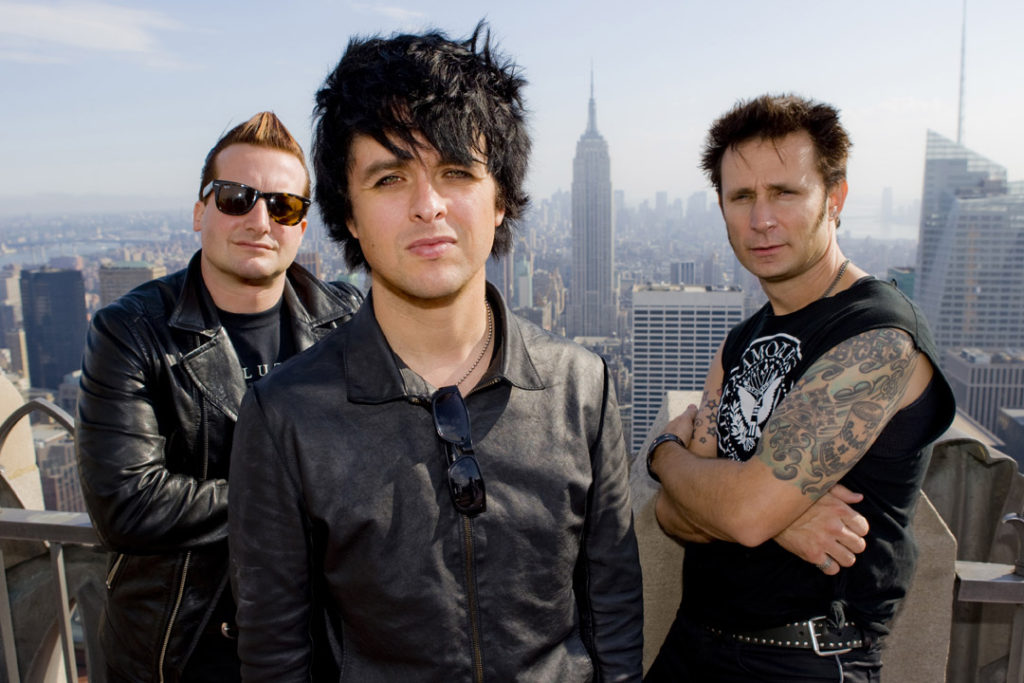
A.K: I find your photographs very expressive, very emotional.
B.G.: Well, I always tried to capture the feeling of what was going on rather than just the facts.
A.K: It seems that you have a definite connection with the subject. Looking at the subject’s eyes when they’re looking at you, it’s like they’re playing with you.
B.G.: Many people tell me that. When they see my pictures and they come across them in a magazine, they can often tell that it’s one of mine because they just have a visceral, kind of an emotional reaction to it. You know, a lot of people tell me they feel like they’re there or like they can hear the music coming out of the picture. And that’s what I’m striving for, driving to show more than just, you know, the visual facts. I’m trying to convey the feeling of what it was like to be there.
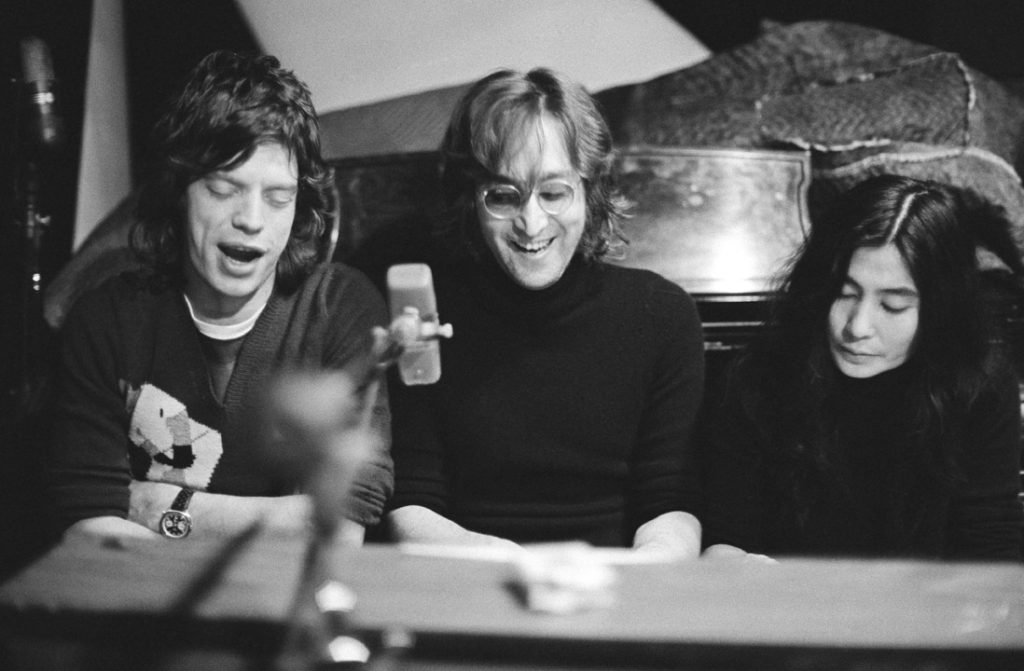
A.K.: So is that something that you get when you’re just spending all the time with the artists? When you’re being the fly on the wall?
B.G.: It’s not just hanging out, having a beer. You got your job to do and part of that is hanging out and having a beer so that you’re not conspicuous. You’re not sitting there staring at him waiting for a moment, but you just have to be aware of it. I think Don Letts pointed it out very well. There’s a documentary about me and Letts did an interview with
Legs McNeil where Legs said, “you know, Bob could be just talking to me in the dressing room and he would just casually turn and see something, take a picture and turn back into the conversation.” I just usually wait them out and then you get a much more natural picture of them too. Patience is a big part of the shoot. I tend to look at what I’m shooting and try to feel it first and get an idea of what it is and then take a picture when it’s the right moment, rather than just shooting indiscriminately cause it’s digital and you can come home with 3000 pictures.
I never really shot as much as other people, like other people shooting seven or eight rolls of film. I have to think about what I’m shooting.
A.K.: What are you shooting with?
B.G.: Well, for work I use a Canon EOS 5D Mark III.
A.K.: Right. And for fun, just for fun when you’re out on your own?
B.G.: I just found it about a year and a half ago, I bought a Lumina Panasonic camera (Lumix). It has a much longer zoom. For a long time you couldn’t get a long zoom and get a raw file in the same camera. You had to choose one or the either. You know you can get a three x zoom and a raw file or you can get 10 x zoom but without the raw file in it. And Lumina was the first one that I saw, that had both. It’s got a really long zoom Lens, a Leica Glass Lens. So it’s very sharp. Very sensitive. It goes up to like 25,000 asa or 12,000, something like that. It shoots in the dark, and it’s really convenient. It’s pocket sized. It’s quite complicated. I don’t recommend it to people unless they want a complicated camera cause there’s, you know, a couple of hundred settings in there. You got one of them off, you’re not going to get good pictures.
I keep it very simple. I don’t do a lot of filtering. I don’t do a lot of tricks. A really keep it pretty simple. I’m old school. I never really learned a lot of tricks. I don’t create photos in Photoshop. I create them in the camera and in life.
A.K.: Whom would you say has really inspired you or made a huge differences in your life?
B.G.: My mother. She was an attorney, but her hobby was photography. She liked to develop and print out her own pictures. So when I was around four or five years old, she had built herself a dark room. She took me in and showed me how to develop and print photos. So by the time I was eight, I got my own camera.
They gave it to me, I remember, I mean, I got a lot of presents, but the only one I remember opening was my first camera when I was eight years old. The Brownie Hawkeye camera. And so I started getting interested in photography, reading photography magazines, my main influence was Man Ray because he used to make photography an art form. I’ve always been very aware of trying to capture the moment and feelings. He does that so well, and I always thought of photography as an art form.
I always want to create, to make art, but you do have to pay your rent. So I always wanted to have something where I could make art and make something that people relate to their feelings, but at the same time to get paid and pay my rent.
Another photographer was Weegee, Who was always in the right place at the right time. And I have that knack myself with just showing up with the right place at the right time. When it’s your business, it doesn’t happen by accident.
A photographer needs to anticipate what’s going to happen before it happens in order to be in the right angle with the right lens, with the right equipment.
A.K: what’s your advice for a young up-and-coming photographer?
B.G.: Take a lot of pictures! Because if you take a lot of pictures, you’re bound to get a couple of good ones. And I think that editing is key. I think it’s important to only show the good pictures. I know people, they go to a concert and they’ll put 200 pictures up on the website, but if you put one or two really good ones, people think you’re good. If you put 200, people aren’t even going to find those one or two good shots.
A.K.: What inspired you to start getting into the Rock and Roll genre?
B.G.: I think that rock and roll is about freedom. I think rock and roll is the freedom to express your feelings very loudly on stage in public. And that’s what appeals to me about it – the idea of expressing feelings loudly in public.
A.K.: Your most known project was John Lennon. You’re known because of your iconic photos of John. You were with him in his last years with Yoko. Tell us about your relationship. You know, your time together before his untimely passing, what it was like to shoot him.
B.G.: Well, I met John and Yoko, because I was included in the first book of rock and roll, which is called The Photography of Rock. There were 10 photographers in there, and I was one of them. And the writer who did the biographies for the book, when he did my interview, asked me if I wanted to come and take pictures of John and Yoko when he was with them the following week. And so that’s how I met them. I took some pictures of them that night. They were recording with the Elephant’s Memory band and that’s actually the story we were doing, it was about this band. So I asked if I could come to a session and they said okay. And I took pictures of them together with the band and then they contacted me to use those pictures in their album cover. And that’s when we first started talking. We got along with that same sense of humor, kind of cynical attitude towards the world. And they asked me to come around more often. I just saw Yoko two weeks ago at her birthday party. We’re still in touch today.
Turned it to a lifelong friendship.
John wanted me to come to his apartment to take some pictures of his face for an album cover and we did a whole series of pictures for what became the Walls and Bridges album (The fifth studio album) cover where there’s different flaps that you can fold over from the front to the back to change portions of John’s face. So he has different expressions, It’s kind of a toy. After we had done a whole series done for them, we needed a whole series of pictures of his face, all the same size, so the different flaps could hold on top of one another.
He wanted me to do something simple and quick. I went to his apartment, he had a penthouse with a roof and we were out on the roof taking the pictures.
And then I had given him that T shirt, the New York City T shirt about one year earlier. So, when we were sitting there on the roof with the beautiful skyline all around us, I asked if he still had that shirt a and he knew which one I was talking about. So I knew he still had it with him. I knew he liked it and he knew where it was and he looked comfortable in it. We took the series of pictures. We had no idea at the time that it was going to become as popular as it did. It was just one more of many photos that we had taken, but that one seems to stand out. People really like it.
The US government at that time was trying to throw John Lennon out. President Nixon was afraid of John, you know, he was a leader in the Antiwar movement. And so for preaching about peace, the government wanted to throw him out of the country. And I thought that the Statue of Liberty was a symbol of welcoming to the United States and that it would be a great symbol for his case. And I suggested it and I was very happy that he agreed with me, So we went and took the picture, which I feel is one of my most important pictures. A lot of people relate to John Lennon as a symbol of personal freedom, similar to the statue of Liberty.
So that’s one picture I’m really proud of.
A.K.: Have you experienced any pivotal moments following John Lennon’s passing?
B.G.: I was so close to John Lennon. And that was about the worst thing that ever happened in my life and in many people’s lives. This death was so pointless. It wasn’t like he got sick or had an accident, you know, it was so purposeful and pointless. That was difficult. It’s still difficult for me!
A.K.: At least you inspired people with his pictures. You captured some beautiful moments of your friend’s life.
B.G.: That’s what photography is all about, isn’t it? I think it’s educational and inspiring.
In my film Billy Joe (Green Day) talks about growing up seeing all the pictures of rock stars and being inspired by them. He said “it shows that you can screw up, and still, things can work out“. I think that in many ways people are inspired by photographs.
A.K.: And what about some of the other artists, like Led Zeppelin, Dylan and The Rolling Stones? Anything special comes to mind about those times?
B.G.: Early on as a teenager, I remember the first time I heard a record of Bob Dylan, a friend of mine came over and said, you got to hear this. He put the record on and I fell on the floor laughing.
I thought it was the funniest thing I’d ever heard. I couldn’t believe that guy called himself a singer. But then I started listening to the lyrics and I learned a lot from Bob Dylan. He kind of became my spiritual background. So I started seeing him in different shows. I went to Newport Folk Festival a couple of times and so it was in ‘65 I went to the box office and convinced them I needed a photo pass, which took a little while. They didn’t believe me at first because I was totally bullshitting. I did get the photo pass and so I was there when Bob Dylan played Electric Band for the first time. And that’s one of my well known pictures. It gets published a lot.
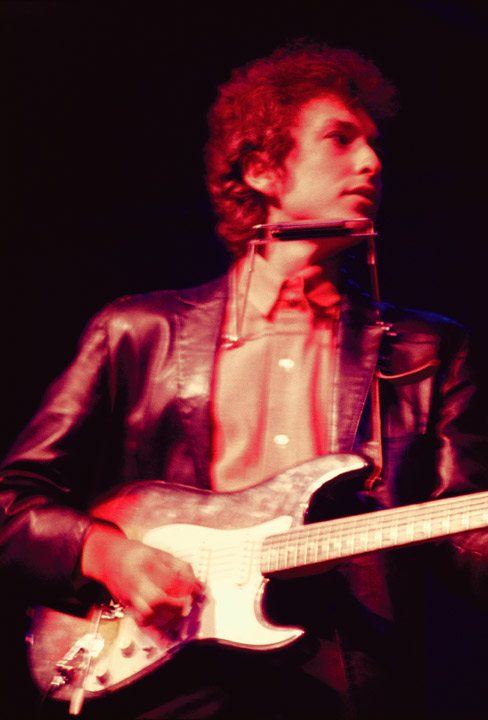
I lived through Rock and Roll’s golden era. My idea, in the ‘60s after high school, it was the idea of turning on, tuning in and dropping out. And that’s what I did. I dropped out to live with a Rock bands, I didn’t know that I was actually falling into – a career that would last for my entire lifetime. As it turned out, Rock and Roll bands needed photos and I was good at taking them and getting along with musicians. So, it’s just kind of turned into a career by accident.
A.K.: How did your parents feel about that?
B.G.: They were out of sorts until I was 50 years old. Actually, a year before my dad passed away, he came to one of my a biggest exhibitions, which I did at Studio 54. He saw what it was, he saw 3000 people coming to enjoy it. And then when my mom was 94 years old, she came to my exhibit in Brazil, which was a very massive exhibit, 280 pictures and a really big 13,000 square foot room, a very elaborate exhibit. It made my mom very proud. Finally. She didn’t really know what I was doing until her younger friends started seeing my books around her house and tell her how good they were.
Well, I was kind of getting drunk in bars and she didn’t understand the point for a long time. You know, it didn’t really seem like an important job. It was hard to explain that I was capturing culture for future generations.
I mean, I had no idea that what I was doing was going to matter. I went to see Blondie and I felt that people are going to like this. People are gonna want to know about this scene. But I really had no reason to think that – Clive Davis once told Lisa Robinson (American journalist and writer) not to talk about the downtown bands above 14th street, cause nobody wanted to know about them. That’s before it became a worldwide sensation.
The Big Bands, at that time, were Led Zeppelin, Boston, Yes, Electric Light Orchestra and so on. Young bands were playing in an unknown bar, on the ‘Bowery’ where people were sleeping or not sleeping, passed out on the streets. It didn’t really seem to matter, but for some reason, I felt it was important and luckily a lot of other people ended up feeling that way too.
I remember a moment when I was watching Blondie and they were playing, I think the song Heart Of Glass in CBGB, which, you know, started out as a rather empty place. That night in particular, was packed full, back to the front, and the sound was just so musical and sounded so good that I realized this is going to spread into more places rather than ending here. This is just too good. A lot of people are going to like this. The thing about CBGB is that it was run by a guy who didn’t really want to make money. In most clubs, everybody wants to make as much money as they can and they want to have the best fan base and get to as much people as possible.
Hillary (Hilly Kristal was an American club owner and musician who was the owner of the iconic New York City club, CBGB, which opened in 1973) just wanted to have enough money to pay the rent and sit in the front, having a beer and watching TV without having anyone bothering him.
So the CBGB’s bands were experimenting, they were practicing, they were learning how to be good. And most clubs don’t let you learn. Most clubs want you to bring a crowd right from the beginning. But CBGB, this was a place where people could come in and learn how to play in front of an audience, learn what works and what doesn’t. And I remember that night with Blondie, I thought, “Wow, this is all coming together.
These guys are really good. This is going to be bigger than just this little place”.
Read the full interview on Lens Magazine Issue #54


